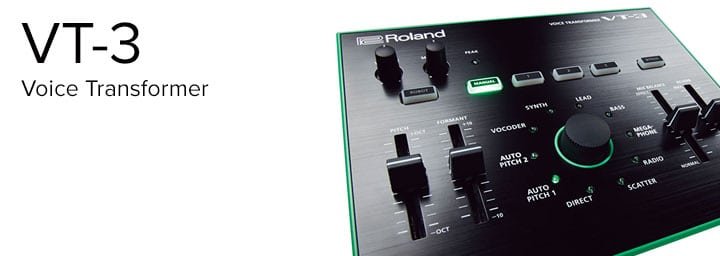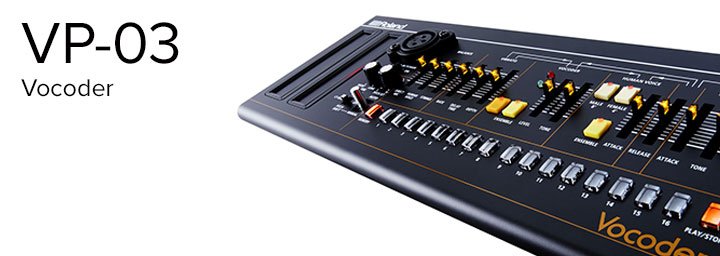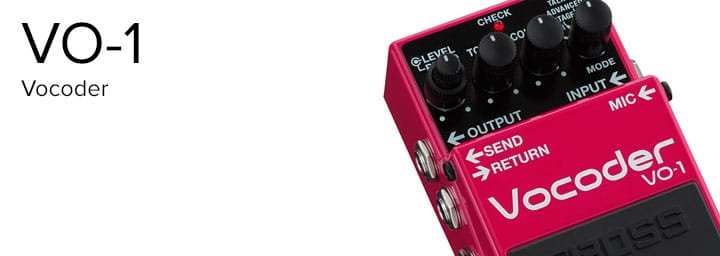History
The vocoder was developed in 1928 by Bell Labs, and first demonstrated in 1939 at the New York World’s Fair. Its intended use was to reduce the bandwidth of voice information, allowing it to be transferred across further distances.
Unfortunately, the voice reproduction of these early systems was not great and they were never used for this purpose. However, they were used to send encoded messages during the Second World War.
Contributed by Roland Canada
How It Works
A vocoder works by analyzing the sound of a modulator signal, which is usually a human voice. The modulator signal is split into many frequency bands. The level of each band is sent as a signal to a corresponding bandpass filter.
The filter is set to the same frequency that was analyzed. A sound source, called the carrier, is sent through the bank of filters. The level of each bandpass filter is automatically adjusted to that of the corresponding frequency in the modulator signal.
In this way, the carrier is filtered so that the harmonic content that passes through is similar to that of the modulator signal.
Musical Usage
Vocoders were never used for civilian telecommunication because it sounds inhuman and robotic. However, this can be a desired effect for creative usage.
For musical use, a synthesizer is often used as the carrier frequency. This allows it to be pitched to specific notes. Vocoders gained popularity for musical use in the 70’s by artists such as Kraftwerk, Boney M. and Wendy Carlos. It is also a common effect in modern music, being used by artists such as Daft Punk, Beastie Boys, and Zedd.
VP-330
Roland’s first vocoder was the VP-330. It was used by many artists, perhaps most notably by Vangelis for the Blade Runner soundtrack, and is known as one of the most popular vocoders ever made.
It was a 10-band vocoder, which is limited by today’s standards, but gives it a classic sound. The vocoder sound was enhanced by an Ensemble effect. It also had Strings and Human Voice (Choir) sounds, that could be either blended with the vocoder or used on their own.
The sound of this classic vocoder is now available in Boutique format in the VP-03. Watch the video below to hear it in action.
Talkbox
A talkbox has a similar sound to a vocoder, but the effect is achieved in a different manner. Sound is sent into one end of a tube. The other end is placed in the musician’s mouth. The harmonics of the sound coming out of the tube are shaped and filtered by the musician’s mouth.
This technique was used by many musicians, including Peter Frampton, Bon Jovi and Pink Floyd. A similar sounding effect is included in the VO-1 Vocoder pedal. An example is shown in the first clip of the video below.
Related Articles
SEVEN MORE HIDDEN FEATURES OF THE ROLAND BOUTIQUES
HOW TO GET THE MOST OUT OF YOUR ROLAND BOUTIQUE WITH MIDI MAPPING
ROLAND ARTIST INTERVIEW – UNDERWORLD
GUITAR FX-101: YOUR GUIDE TO GUITAR EFFECTS PEDALS
ARE YOU STUCK IN A VOCAL RUT?






